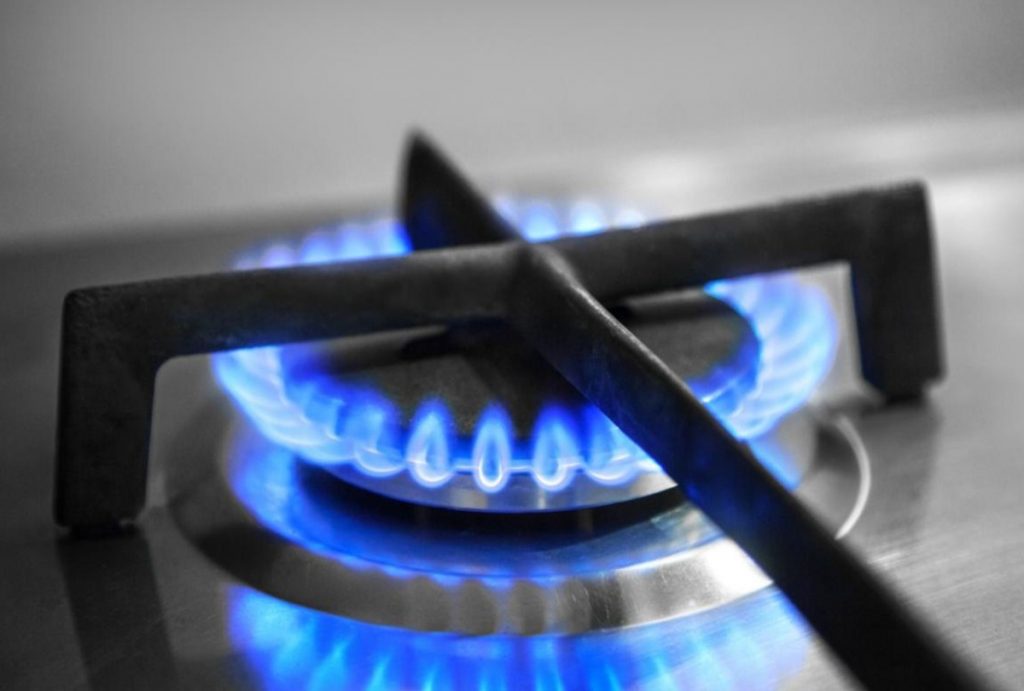
(Reuters) – U.S. natural gas futures jumped about 7% on Monday on record flows to liquefied natural gas (LNG) export plants and forecasts for higher demand over the next two weeks than previously expected. Traders said that U.S. gas prices also gained support from reports that Germany was not in talks with Russia over a “possible pipeline-based supply of Russian gas” via the partly damaged Nord Stream 2 pipeline. That means Germany and the rest of Europe will likely continue to import massive amounts of U.S. LNG.
Germany’s economy ministry said the country’s energy independence from Moscow is crucial. The comments were in response to a weekend report in the Financial Times that a long-time ally of Russian President Vladimir Putin is lobbying the U.S. to restart the $11 billion project.
Front-month gas futures for April delivery on the New York Mercantile Exchange rose 27.6 cents, or 7.2%, to $4.110 per million British thermal units (mmBtu) at 1:55 p.m. EST (1755 GMT). On Friday, the contract closed at its lowest level since February 14.
The price increase occurred despite record output and forecasts for the weather to remain mild through the middle of March, which should allow utilities to pull less gas out of storage in coming weeks.
Extreme cold weather earlier this year, however, already forced energy firms to pull massive amounts of gas out of storage, including record amounts in January, cutting stockpiles to around 12% below the five-year (2020-2024) normal. With prices down about 9% last week, speculators cut their net long futures and options positions on the New York Mercantile Exchange and Intercontinental Exchange for the second time in 12 weeks, according to the U.S. Commodity Futures Trading Commission’s Commitments of Traders report.
SUPPLY AND DEMAND
Financial company LSEG said average gas output in the Lower 48 U.S. states rose to 105.8 billion cubic feet per day so far in March, up from a record 104.7 bcfd in February.
Meteorologists projected weather in the Lower 48 states would remain mostly warmer than normal through March 18.
With milder weather coming, LSEG forecast average gas demand in the Lower 48 states, including exports, will fall from 119.3 bcfd this week to 114.7 bcfd next week. Those forecasts were higher than LSEG’s outlook on Friday. The amount of gas flowing to the eight big U.S. LNG export plants rose to an average of 15.8 bcfd so far in March, up from a record 15.6 bcfd in February, as new units at Venture Global’s 3.2-bcfd Plaquemines LNG export plant under construction in Louisiana enter service. The U.S. became the world’s biggest LNG supplier in 2023, surpassing Australia and Qatar, as surging global prices fed demand for more exports, due partly to supply disruptions and sanctions linked to Russia’s 2022 invasion of Ukraine.
Gas was trading around $14 per mmBtu at both the Dutch Title Transfer Facility (TTF) benchmark in Europe and the Japan Korea Marker (JKM) benchmark in Asia.
Reporting by Scott DiSavino; Editing by Paul Simao and Nia Williams
Share This:




 CDN NEWS |
CDN NEWS |  US NEWS
US NEWS 


























